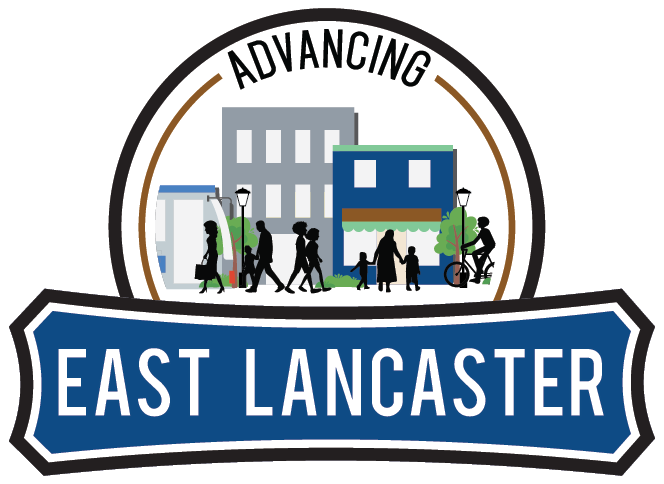
Frequently Asked Questions
Still have questions?
How is this project funded?
In early 2020, Trinity Metro and the City of Fort Worth applied for a grant to the Federal Transportation Administration (FTA) for Transit-Oriented Development (TOD) planning along new transit systems. The project was awarded the funds in late 2020 to perform this project, in coordination with local matching funds from the City of Fort Worth and Trinity Metro.
What is transit-oriented development (TOD)?
According to the Federal Transit Administration (FTA), transit-oriented development (TOD) can be defined as a compact, mixed-use development near transit facilities and high-quality walking environments. TOD boosts transit ridership and reduces automobile congestion, providing economic opportunities to both the public and private sectors, while creating a sense of community and place.
How were the proposed station locations selected?
The current alignment of stations was selected by incorporating the existing stations as a baseline, evaluating the corridor for existing and planned nodes of activity and connections, and maximizing catchment areas with adequate spacing.
What is local high-capacity transit and why do we need it?
High-capacity transit is transportation with the ability to bypass traffic and avoid delays by operating in a dedicated lane. As the region continues to grow, the need for transit will continue to grow as well. Establishing local high-capacity, affordable transit will provide transportation options for residents living and working within the East Lancaster corridor. This corridor is a major connection to several destinations including Downtown Fort Worth. An efficient transit system will improve the economic development of the area and provide residents with options for mobility that is not dependent on automobile traffic.
What is the overall project timeline?
The Advancing East Lancaster project kicked off in January 2021 and is set to complete in December 2021.
What type of economic development is permitted around each proposed station area?
Economic development opportunities will range among the stations but generally will be more intense along identified hot spots in the corridor and transition into the existing fabric of the residential neighborhoods. Mixed used developments will be encouraged to maximize foot traffic during different times of the day which will be supported by denser development and reduce the need for parking.
When will development begin?
To be clear, this project is a planning study and not affiliated with a developer. There will be concept plans that are depicted at station areas, but they are renderings for illustrative purposes only. In addition, certain recommendations for zoning and land-use will be proposed to the community and to the City of Fort Worth. It will be up to the City of Fort Worth to implement and adopt those recommendations, and this will require additional public involvement after this project concludes and to continue the planning process. Improvements to the existing transit system to construct a local high-capacity transit system will need to be fully designed and funded before any construction will commence.
How will this project benefit the community?
The implementation of local high-capacity transit can benefit the community with the ability to increase access to opportunities such as reduced commute time, increased walkability, connectivity to other routes and trails, retail, restaurants, medical centers, housing, and mixed-use development with increased economic development, resulting in direct access to additional employment and housing options.
How will my feedback be used?
Your feedback will be used to support the design and development of project plans that will be compiled and presented to the Fort Worth City Council for approval.


